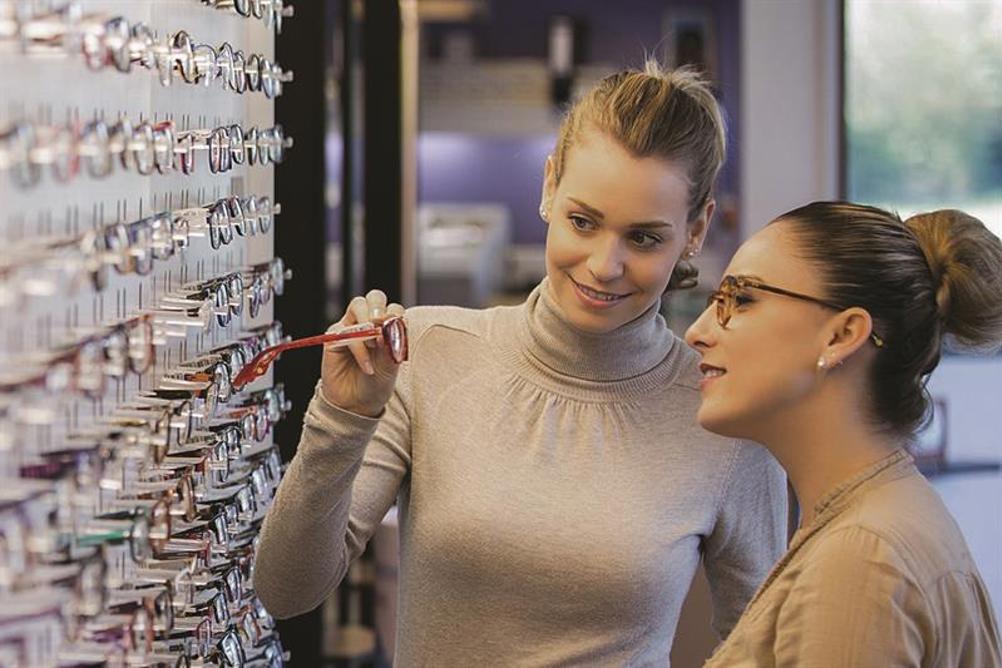
By understanding and working with a customer’s colouring type, face shape and style personality, a practitioner can offer a service tailored to meet the needs of every individual. Cliff Bashforth explains how to identify customers' different colouring types - based on skin tone, eye and hair colour and contrasts between these - demonstrating which frame colours work best, with examples from celebrities.
There are six dominant colouring types;

This is the fun part and it really is amazing how transformative wearing the right colours can be. Your starting point is to have an idea of your customer’s dominant colouring characteristic and then work with it. The frames should either complement or contrast. Someone with light colouring will look best in frame colours that are transparent through to mid-tone neutral and shades. They should avoid dark frames, as it will look as though their glasses are wearing them. Someone with clear colouring will look best in frames that are dark through to black, and bright, vivid shades. Pale, dusty or muted colours are best avoided as these will wash them out.
Register now to continue reading
Thank you for visiting Optician Online. Register now to access up to 10 news and opinion articles a month.
Register
Already have an account? Sign in here


